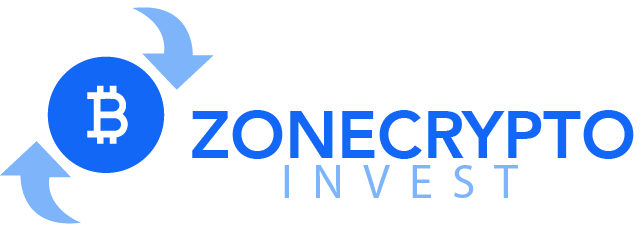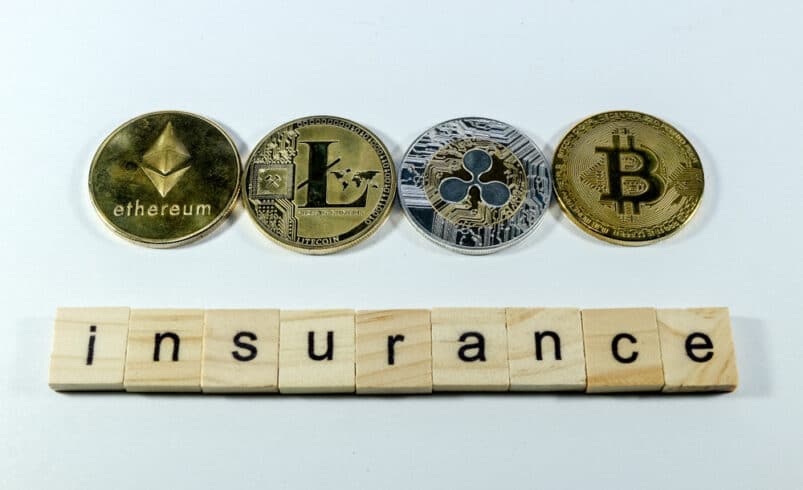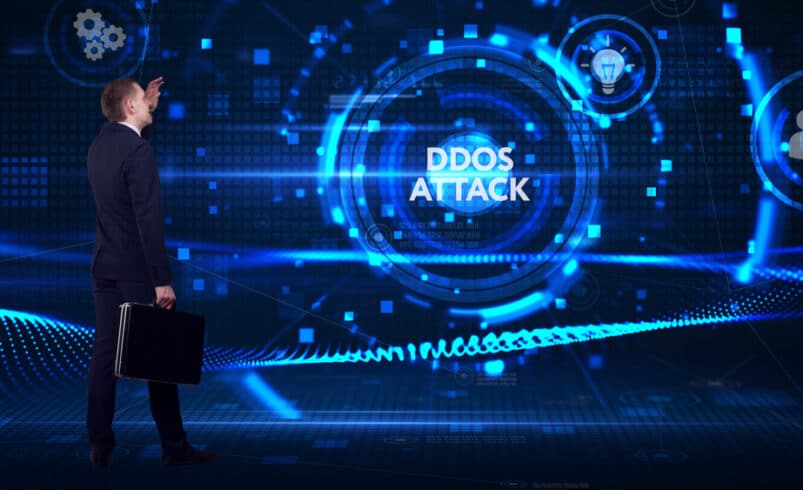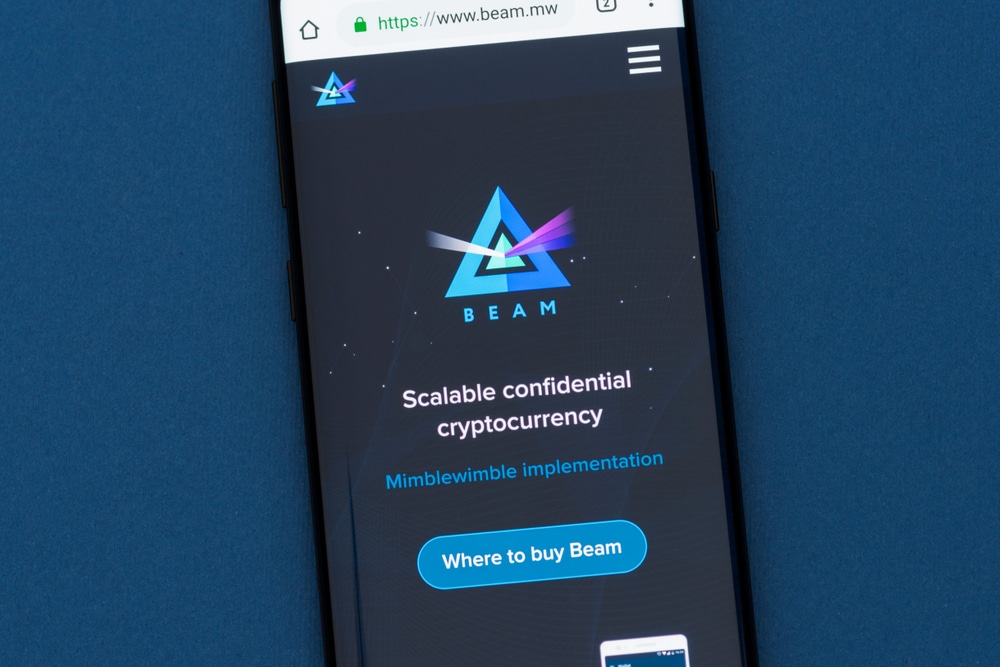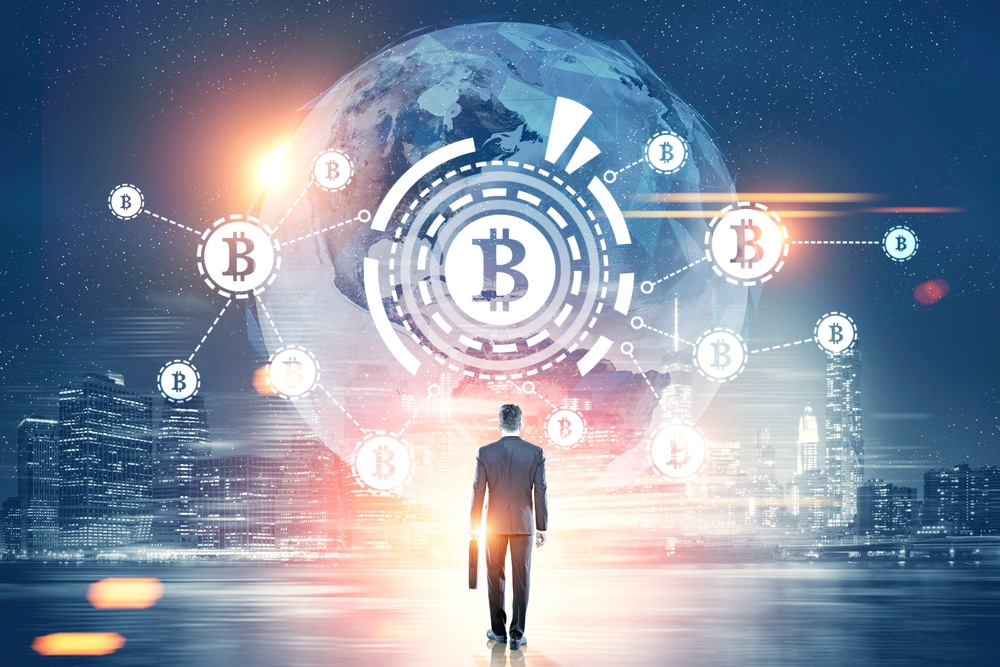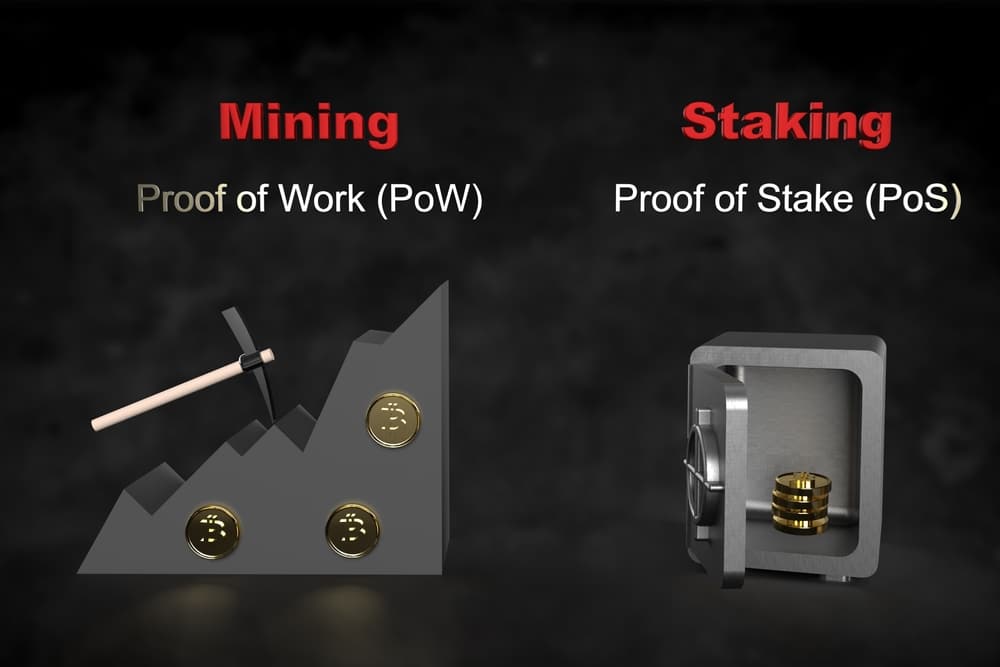Step-by-Step Guide to Understand (Real-World Assets) RWA Tokenization
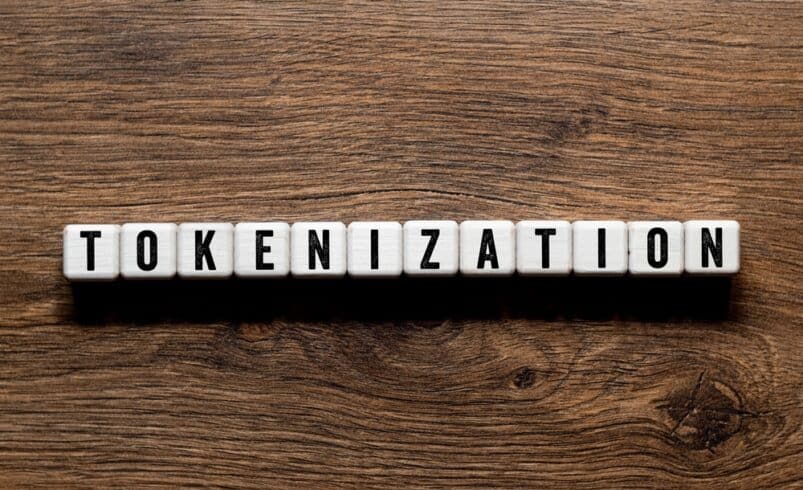
RWA tokenization is set to ease ownership of assets so that individuals only visualize the desire to purchase them. Traditional finance giants are thrilled by the idea of placing ownership of assets such as art, metals, and homes on the blockchain.
Tokenization Concept Explained
Tokenization is set to ease ownership of assets that individuals only visualize the desire to purchase them. A majority of the individuals cannot afford to spend significant sums like $195M for a Marilyn painting or $850,000 for a simple Queen Elizabeth print.
Most people prefer purchasing art as an investment or for pleasure but are unable to. However, it is critical to consider what would happen if one purchased an artwork’s ‘shares’ similar to how they can purchase a publicly traded firm’s fractions. This is the concept behind real-world assets’ tokenization.
The Warhol use case is real. A firm referred to as Freeport provided fractionalized shares of Andy Warhol paintings, making 1000 tokens representing shares of the work purchasable by anyone.
As of writing, one could possess 1/10,000th of the Rebel Without a Cause for only under $200. The real-world assets’ (RWAs’) tokenization is happening in art, cars, houses, bonds, and more. Traditional finance players are showing interest.
This piece describes how real-world asset tokenization functions and its benefits to investors.
Understanding Tokenizing Real-World Assets (RWA)
The primary concept of real-world asset tokenization entails developing a virtual investment vehicle on the blockchain associated with tangible things. This includes precious metals, real estate, and collectibles.
Rather than a house’s deed being a physical piece of paper, ownership is placed on-chain. This can be traded directly between two parties or fractionalized and offered to several individuals to purchase.
The benefits of retaining real-world item ownership on chain include:
- Reducing costs by eliminating intermediaries such as brokers and attorneys
- Permitting quick, 24/7 trading of items traditionally done during ‘working hours’
- Reducing the barrier to entry and creating extra liquidity
- Enhancing trust and accountability for traders
Considering the Warhol painting again, in case 1000 persons own an artwork’s shares, people can speculate and trade around the shares at any instance without the need to coordinate with other owners. Rather than a seller having to work with an attorney, bank, and gallery, the seller and purchaser can trade directly with each other and pay only a small amount of gas fees to immediately transfer the asset.
Examples of items being tokenized include real estate, vintage vehicles, gold, United States Treasuries, and stocks.
According to Bob Ras, the co-founder of Sologenic, an exchange and digital asset ecosystem, tokenized real-world assets for things like stocks can account for fractional ownership more effectively. He also noted that transactions on the blockchain do not have the up-to-72-hour settlement time taken by traditional markets.
The efficacy and speed aid small investors with less funds to take part in investments that would be inaccessible to them. Concerning fiat currency, stablecoins are the most apparent real-world asset tokenization.
Examples of tokenized dollars include USDC and Tether. Every token represents an actual dollar that the firm has in reserve and ensures quicker and more direct settlement between parties.
RWA Tokenization Future
Traditional finance companies are thrilled by the concept of tokenizing assets that are typically traded, for instance, stocks, gold, and commodities. In 2021, Franklin Templeton, an investment fund household name, unveiled the Franklin OnChain U.S. Government Money on Stellar while it expanded to Polygon last year.
Lately, the Bank of America called RWA tokenization ‘a critical digital asset adoption driver.’ Their report noted that the tokenized gold market has attracted huge investments inflow currently valued over $1B.
Data gathered reveals an increasing demand for United States Treasury bonds. The combined market cap of tokenized money market funds was approximately $500M.
At present, the future seems bright for tokenization with Boston Consulting Group, an international business advisory, envisaged the tokenized assets market mushrooming to $16B by 2030.
Final Thoughts
Tokenization is set to ease ownership of assets that individuals only visualize the desire to purchase them. The primary concept of real-world asset tokenization entails developing a virtual investment vehicle on the blockchain associated with tangible things.
Zone Crypto Invest provides exposure for numerous crypto businesses, and we invite you to join our community! Connect with us through our Telegram chat for any questions. Given the volatile nature of cryptocurrencies, always conduct thorough research before investing. Many articles on our website are sourced from guest writers or are paid content, and they might not reflect the views of Zone Crypto Invest's internal team. The opinions in these pieces may not always coincide with Zone Crypto Invest's stance. We do not vouch for the accuracy, quality, promotions, or any other aspects showcased on our platform. Please refer to our detailed terms of service and disclaimer for further information.
